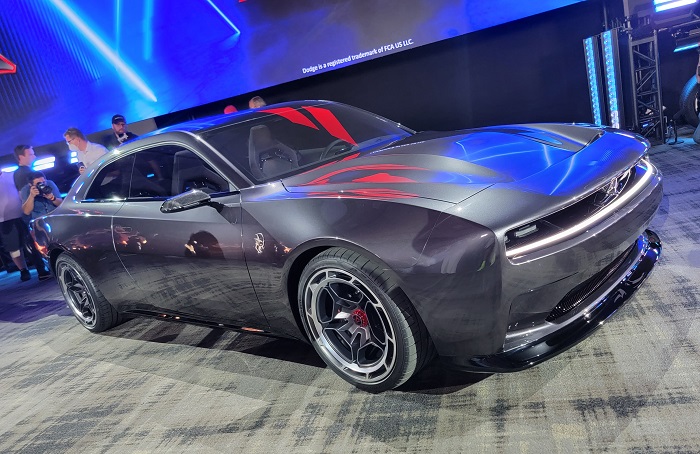When it comes to the critics of the federally mandated transformation of the Dodge Charger into an electric vehicle, there are two main groups. The first is comprised of those folks who simply will not accept the idea of driving an electric vehicle, so they have nothing good to say about the electric Dodge Charger based on the fact that they have nothing good to say about any electric vehicles. The second group is made up of automotive enthusiasts who are not exactly opposed to electric vehicle technology, but they are concerned that the electric Dodge Charger will be so expensive that it will be unobtainable to the “average Joe”.
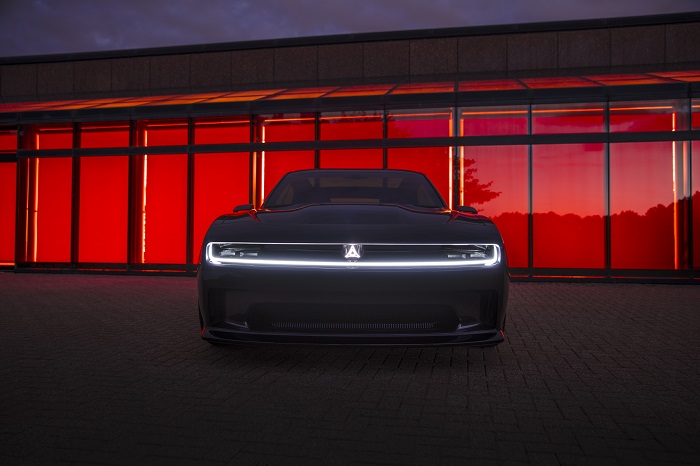
There is nothing that I could say to help the folks in that first group feel better about the electric Dodge Charger. Maybe they will be right, and the EV movement will be a short phase that goes away and we will all be buying new Hellcats again in a few years. I am doubtful of that, but I will keep my fingers crossed. As for the second group, I think that the fears of the electric Dodge Charger being far too expensive for a current Charger owner to afford are somewhat unfounded.
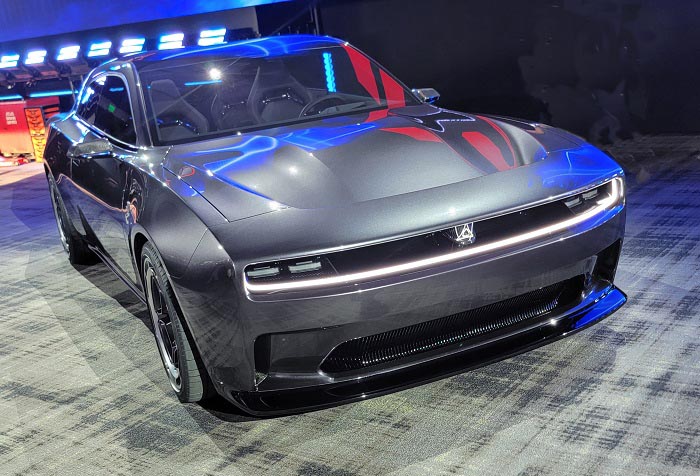
The issue stems from the fact that many people look at the Dodge Charger Daytona SRT Banshee Concept shown here – with a full carbon fiber floor, racing-style center lock wheels, racing-inspired carbon fiber seats, the gigantic brakes, a high tech dashboard and the 800V all-wheel-drive system that could yield well over 700 horsepower – and assume that the car will cost big money. They are right. The car shown here in production form will likely be fairly expensive, but everyone needs to keep in mind that this is a concept of the premium SRT Banshee trim level with additional Direct Connection components.

The electric Dodge Charger shown here, in production form, will be the future equivalent of the current Charger SRT Hellcat Redeye Jailbreak with Direct Connection parts added on. It represents the potential pinnacle of the upcoming Charger BEV – not every new electric Charger.
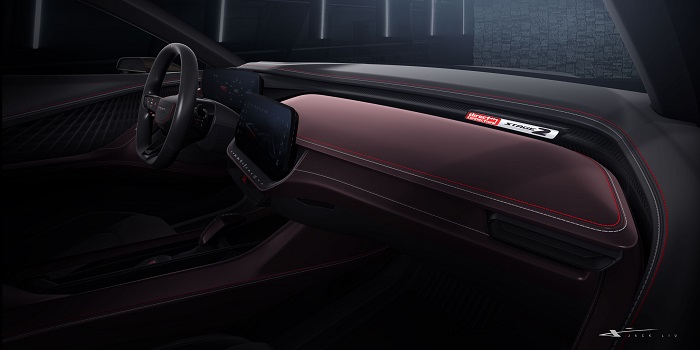
The Charger will be offered in three trim levels and the SRT Banshee is the top of the line. The entry level is the Charger 340 with 455 horsepower while the mid-level package is the Charger 440 with 590 horsepower. These are both 400-volt models, which is the system used by most of today’s EVs, and this system should cost less than the 800-volt system in the Banshee. Click here for more on the 400V and 800V systems. I also don’t expect that the electric Dodge Charger in 340 and 440 models will have things like carbon fiber seats, the carbon fiber floor, the center lock wheels, the huge brakes and the same level of interior technology. When you remove all of those premium items and the pricier battery system, the price of the electric Dodge Charger should be comparable to the other top-selling EVs on the market today from brands other than Tesla.
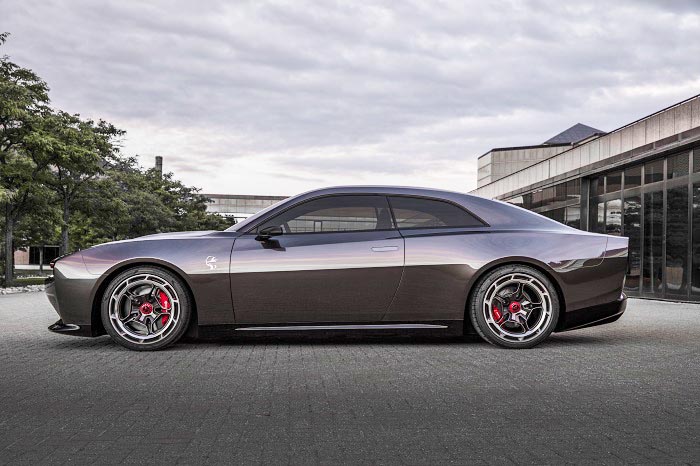
Something else to keep in mind is that Dodge needs the electric Charger to sell well, so the brand isn’t going to issue a car that starts at $70,000. While the Banshee models may carry a price in that range (or higher), I expect the Charger 340 to be slightly more expensive than the current base model Charger. The current Charger starts around $37,000 for the AWD SXT model, so a tentative estimate for the base electric Dodge Charger would be in the mid-to-high $40k range.
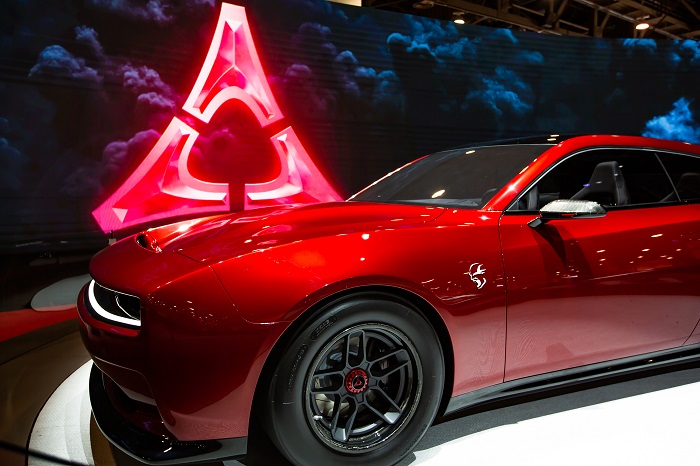
The Tesla Model 3 starts around $44,000 and the Ford Mustang Mach E starts around $46,000, both of which come standard with rear-wheel-drive. Dodge has stated the all-wheel-drive will be standard on all Charger BEV models at launch, so if the 340 model was priced in the mid-$40k range, it would be priced similarly to the popular Model 3 and Mach E while having an advantage of AWD. At the same time, the majority of the Ford Mustang Mach E models cost more than $50,000, as do all of the Tesla Model 3 with the dual motor, all-wheel-drive system. With that in mind, Dodge may price the Charger 340 in the $50k range and be in nicely comparable to the competitors.
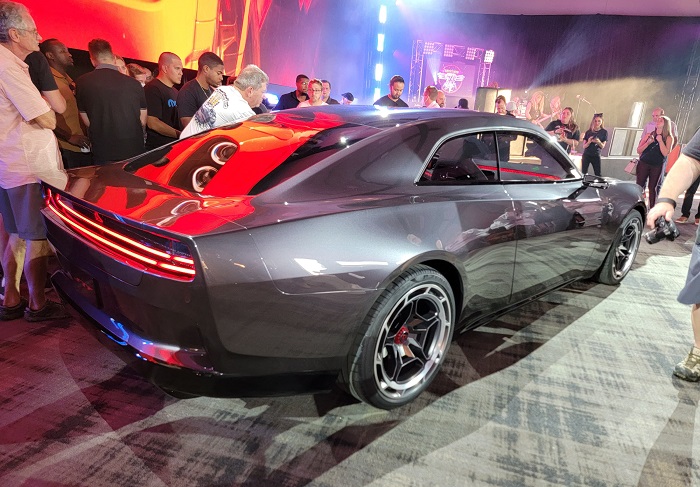
Of course, some people will insist that $50,000 is still expensive, but when you look at the price of the competition and the price of the majority of today’s Dodge Chargers (the R/T Scat Pack is over $50,000 with destination fee), $50k is not much money for a new car.
